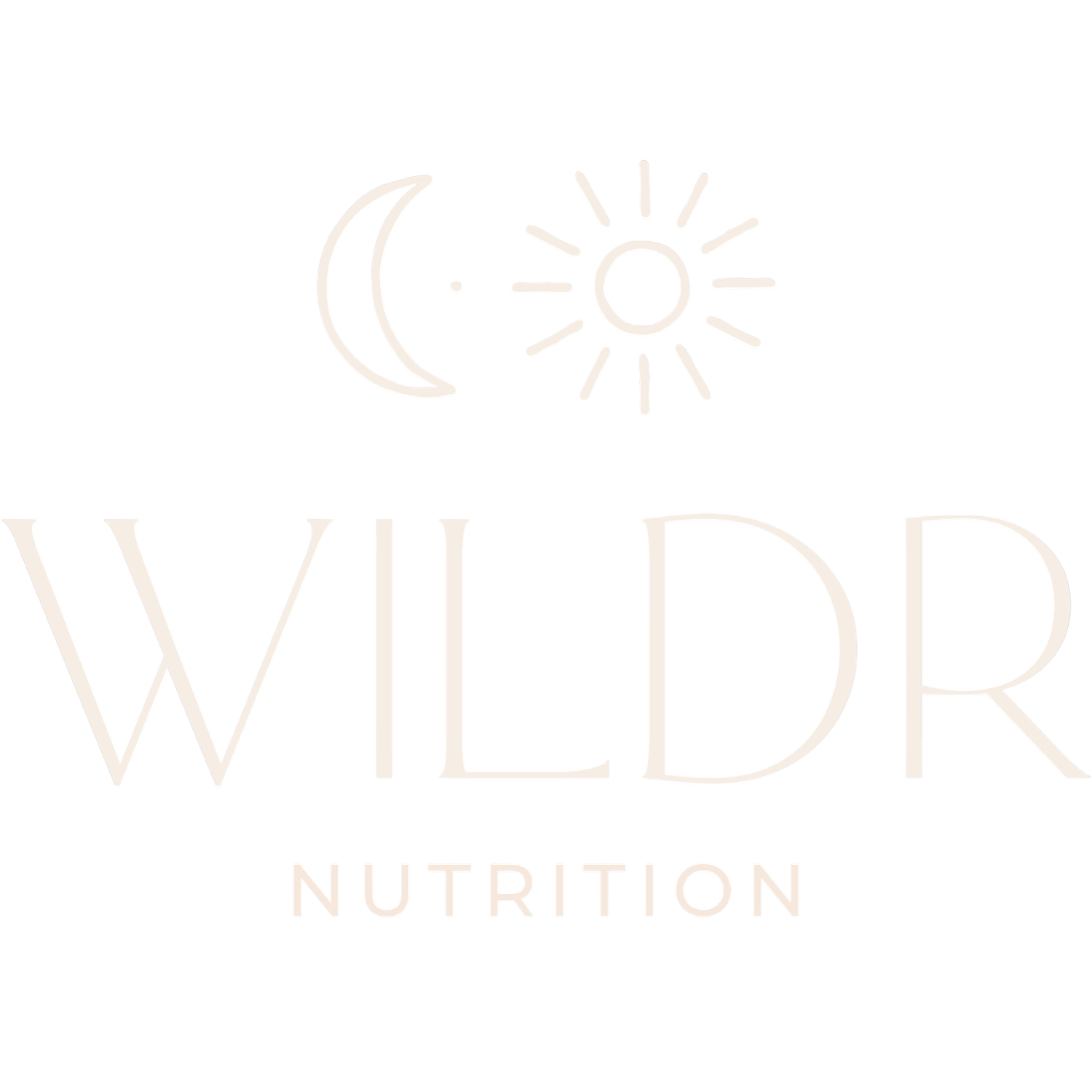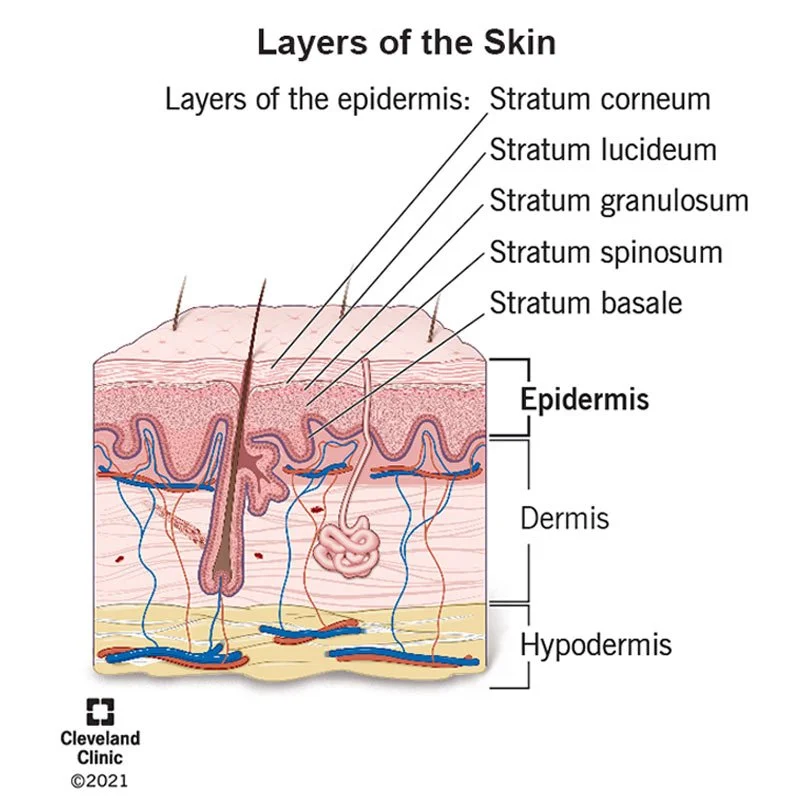Is it worth low-toxing your skincare?
Our skin is an incredible organ that provides protection, and is our direct interaction, to the outside world. As I often tell my clients, it’s a visible reflection of our gut health too. And while one of the skin’s main functions is to provide a barrier, it also has the ability to be permeable and can absorb substances that are placed on our skin.
So is it worth spending the extra money on ’natural’ skincare? Let’s have a look and see.
This article first appeared in OrganicNZ magazine produced by Soil and Health NZ.
HOW the skin works
Our skin’s main function is to protect, seperate and define us physiologically from the outside world; it’s a protective barrier and our immune system’s first line of defence. Without our skin, we would melt or dissolve just by jumping into the shower! But it’s not completely inpenetrable - it can also be absorptive, which can be both detrimental and beneficial.
Let’s take a closer look at the biology of the skin.
The most outer most sub-layer of skin is actually made up of dead skin cells called the stratum corneum, this is part of the epidermis. The dermis is the next layer in and contains the blood supply - and this blood supply delivers nutrients directly to this layer via very small blood vessels called capillaries, then the process of diffusion allows the movement of nutrients from the dermis across to the epidermis. Beneath the dermis, is the hypo-dermis which has a blood supply and a subcutaneous layer of fat - protective for tissues of the body.
The outermost epidermis is our barrier and has 5 sub-layers and contains our skin cells (called keratinocytes), melanocytes, immune cells and sensory nerves.
The main function of the blood supplied dermis is to regulate heat loss and this layer contains sweat glands, hair follicles, sweat/sebaceous glands, and lymphatic vessels.
The main barrier of the skin is provided by the outer layer of the epidermis, the stratum corneum, which keeps (most of) the bad stuff out, and keeps the good stuff in. It’s about 20 cells thick and sometimes described as a brick wall - with the mortar between the bricks being made up of lipids.
So can we absorb things from the surface of our skin?
Well the short answer is yes, although the ‘brick wall’ layer of the epidermis is a protective barrier - it can still allow substances to move through.
Factors that influence skin absorption
The size of the molecule
Smaller molecuels are more likelt to be absorbed
Concentration
The more of the substance or molecule that is sitting on the skin, the more of it will be absorbed
Duration of contact
The amount of time that the substance sits on the skin for
Physical condition of the skin
Healthy and well hydrated skin has a better protective stratum corneum layer. Conditions such as eczema have a compromised protective outer later.
Part of the body exposed including the amount of hair on the skin
For example the rate of absorption on the face is much higher than the rate of absorption through the palm or sole of food which both have much thicker outer barrier laters.
If a few of the above factors line up, for example - the chemical is small enough, and in high enough concentration and on the skin for enough time, it can travel through the protective layer of the skin where it arrives in the dermis. Once in the dermis, it can easily move into the blood stream via the capillaries. From the blood stream, the chemical can move systemically - meaning it can technically enter any part or organ of the body. Our kidneys are constantly filtering blood, and then our liver supports us to detoxify chemicals that are able to enter the body - but sometimes these detoxification systems get overloaded. Minimising chemicals entering the body via any method is important to focus on in this day and age where we are bombarded with toxins from all directions (via our food, air we breath, water we drink and then what’s applied to our skin.)
The skin and sunscreen - when to use natural products
Research has found that the 6 active ingredients in sunscreen can make their way into our bloodstream. After just 2 days of application (4 applications/day) the levels of the active ingredients in the blood plasma are too high for the recommendations of the FDA (American regulatory body).
Because we apply sunscreen multiple times per day (high concentration) to all areas of our body (including face) - I think that’s enough justification to use natural sunscreens when able to.
Make up and many skincare products are designed to support the outer layer of the skin and so are deliberately designed NOT to be absorbed in the body. Although that doesn’t mean chemicals aren’t absorbed.
For areas such as armpits and face, I would recommend using products that are natural enough to be eaten! These areas of the body have much thinner stratum cornum and therefore have much higher absorption rates than areas such as the legs and arms.
How to improve the protection barrier function of the skin
Consuming a diet high in omega 3 fatty acids - this includes fatty fish such as salmon, mackeral, anchovies and sardines, as well as chia and linseeds.
Including a diverse range of probiotic and prebiotic foods - this includes fermented foods such as sauerkraut, kimchi, tempeh, kefir, pickles.
Zinc deficiency can compromise the skin’s protective barrier. Ensure sufficient zinc levels by consuming seafood, meat or using a zinc supplement.
Avoid over-washing and over-using ‘surfactants’ such as hand soaps. If anything, showering a little less often and/or with cooler water could be good for your skin especially if you tend to have eczema or dry skin
Stay hydrated - well hydrated skin provides a better barrier to the outside world - include concentrated mineral drops in your water for deep hydration
Avoid extreme and stressful environments for the skin which include a too humid, too dry or too much sun exposure.

